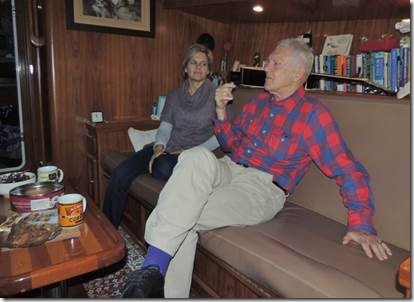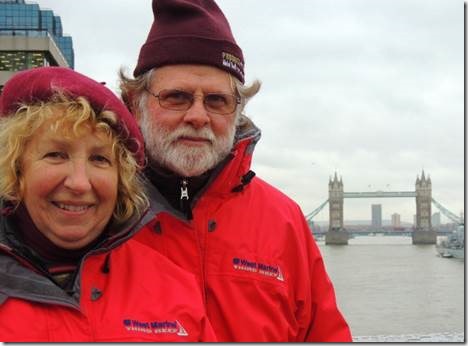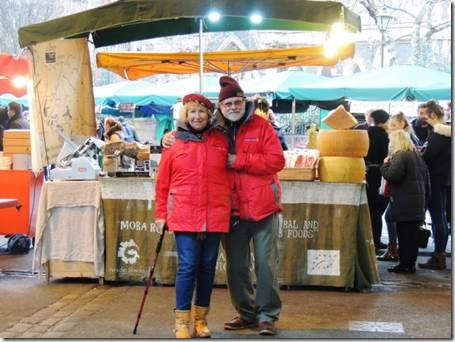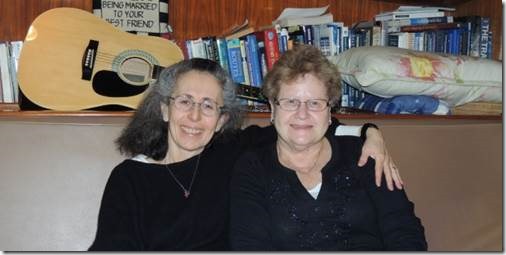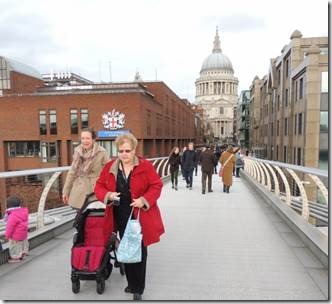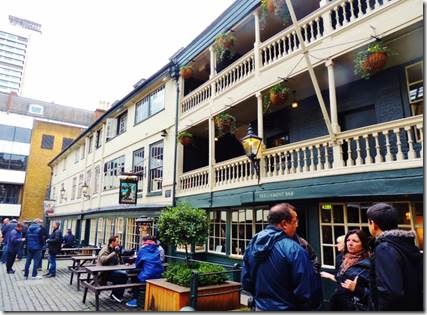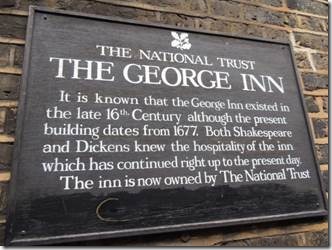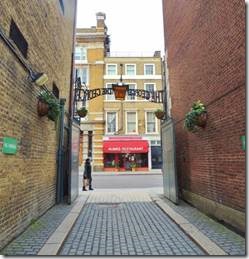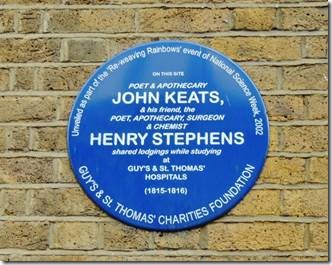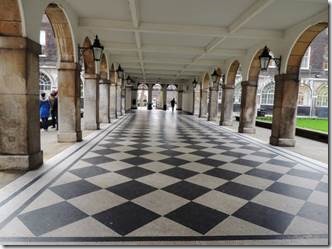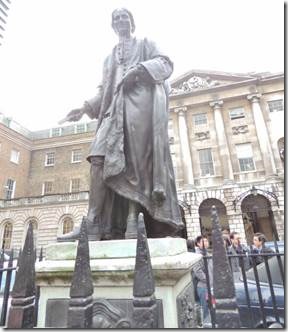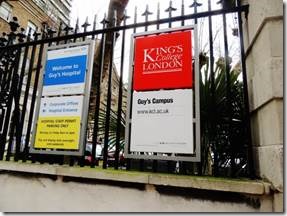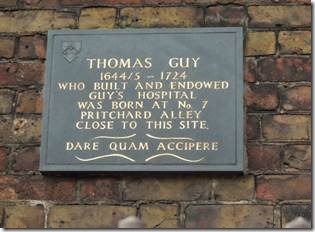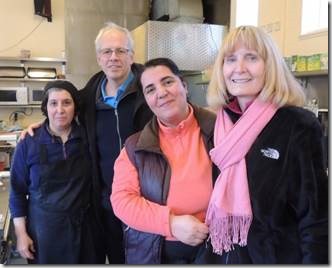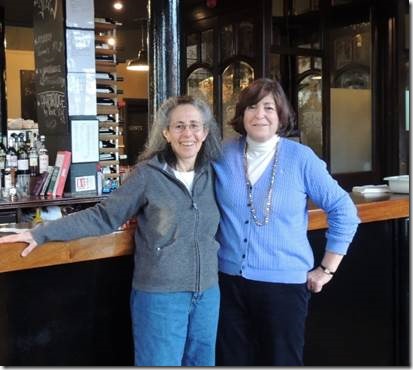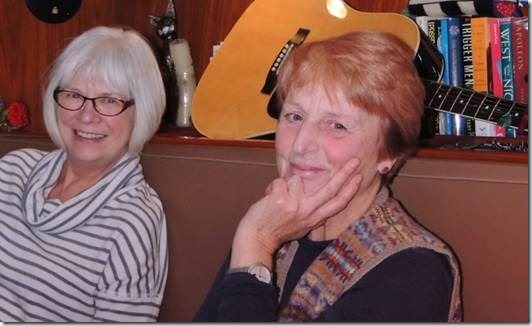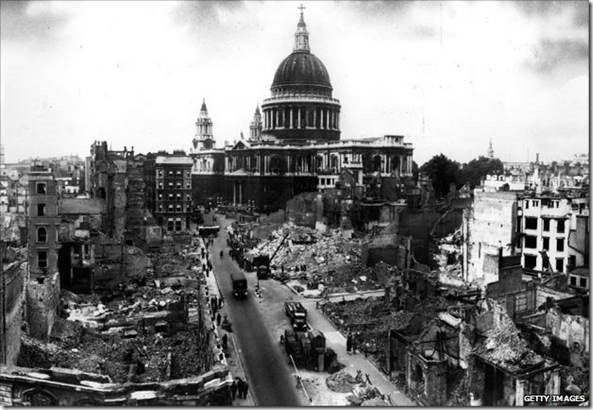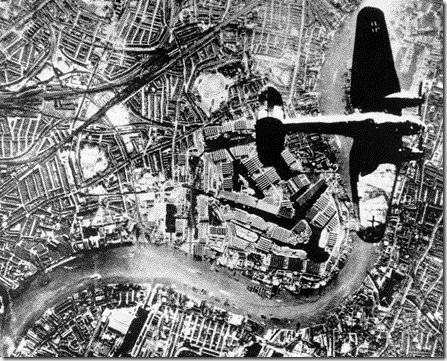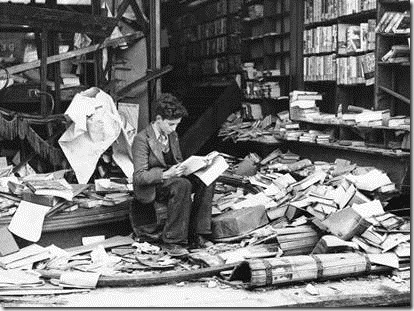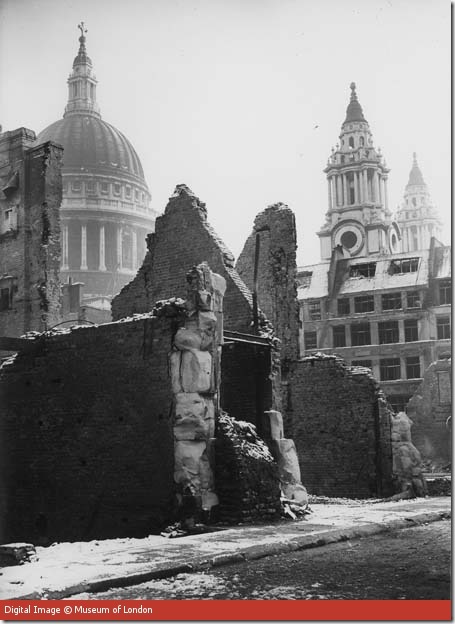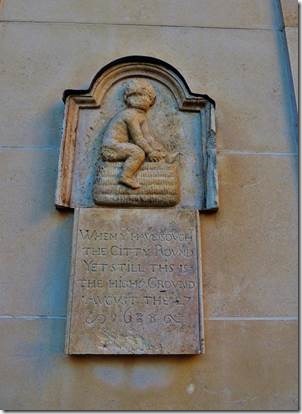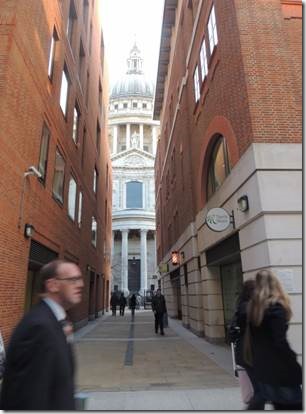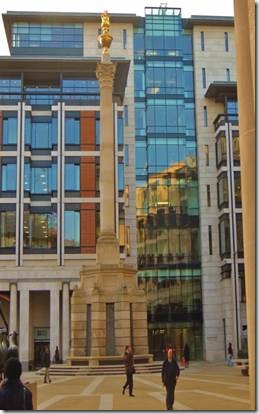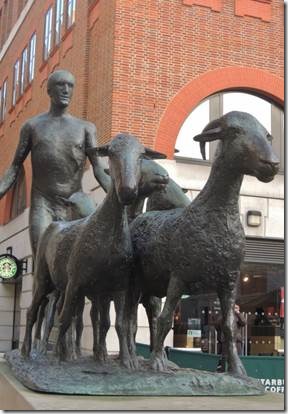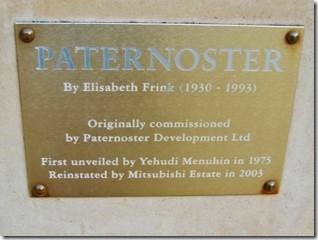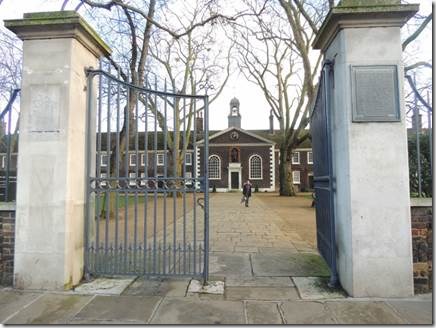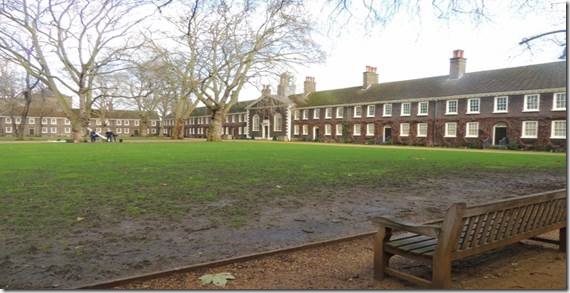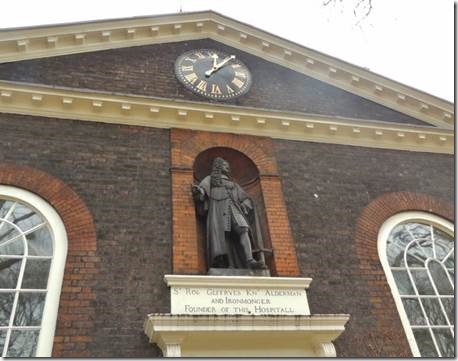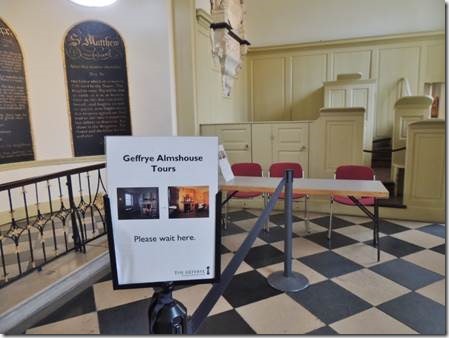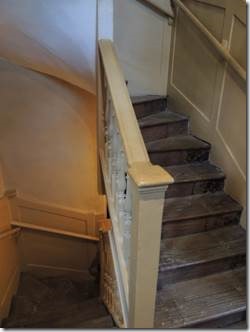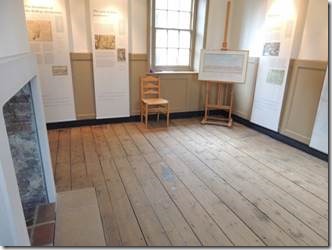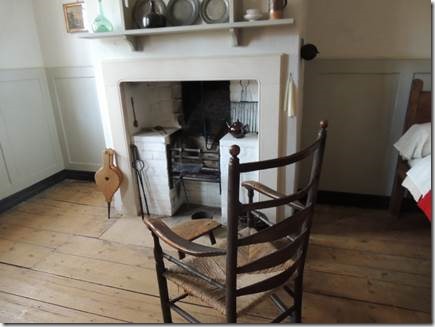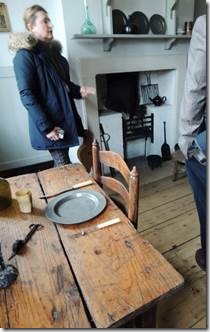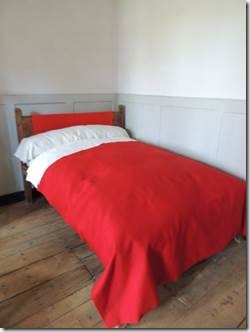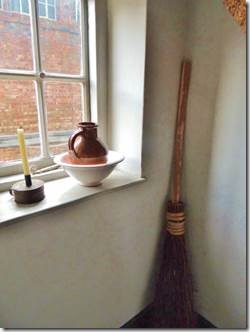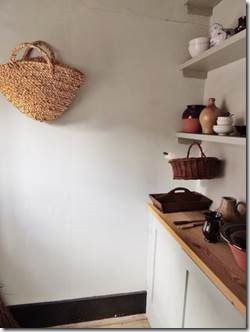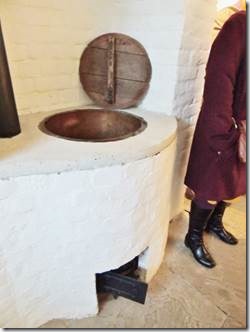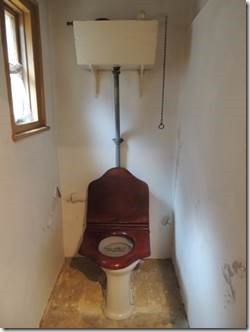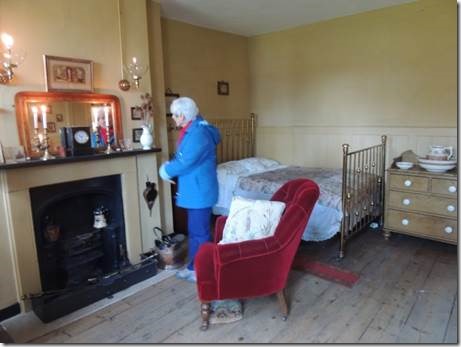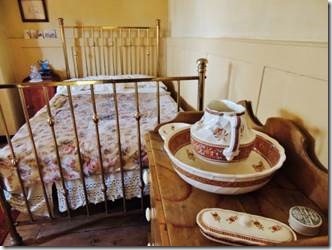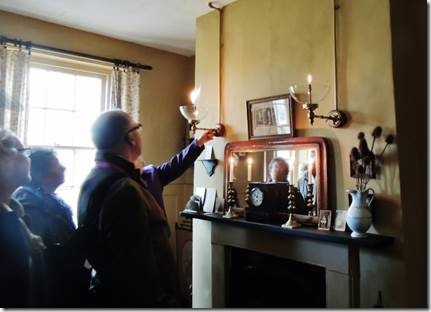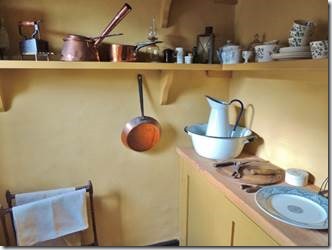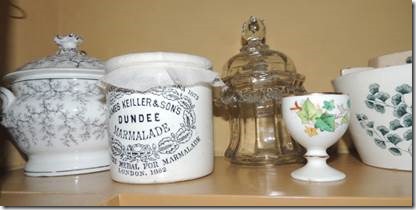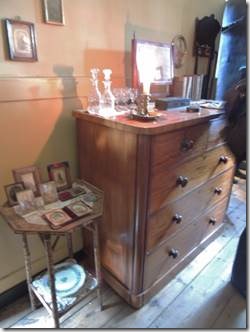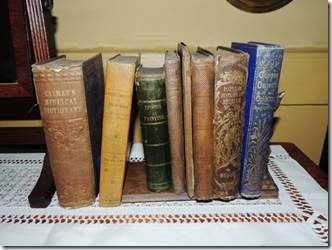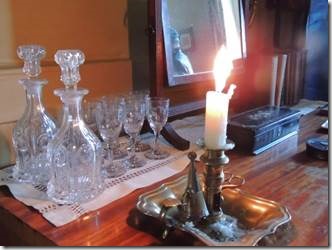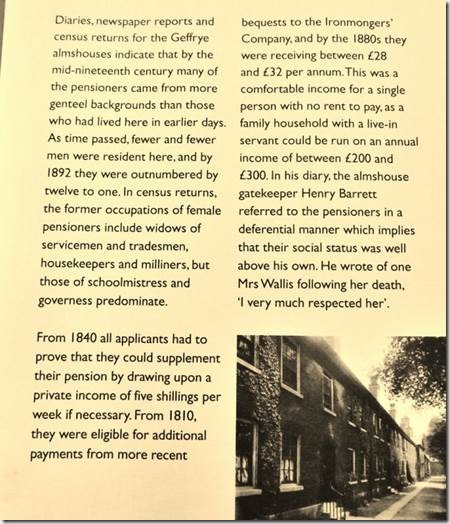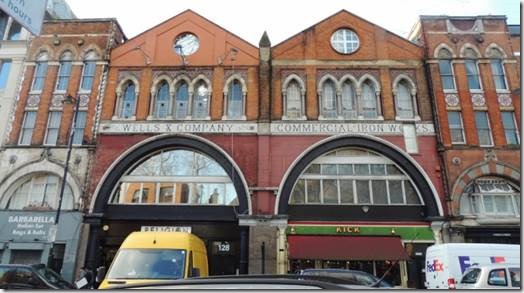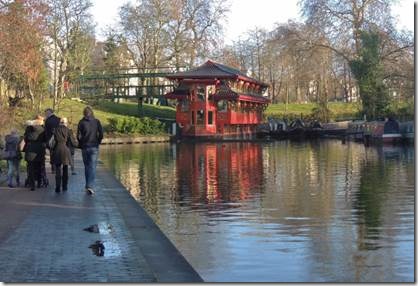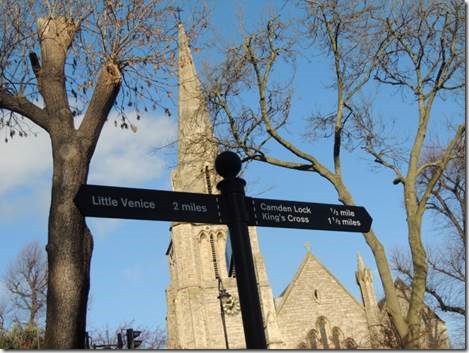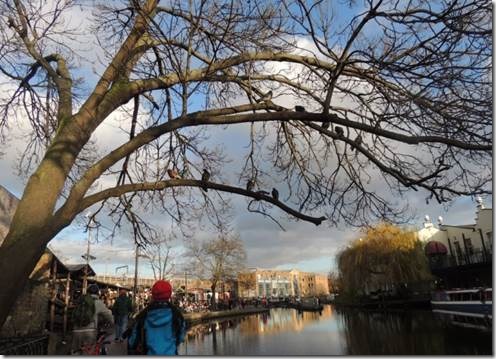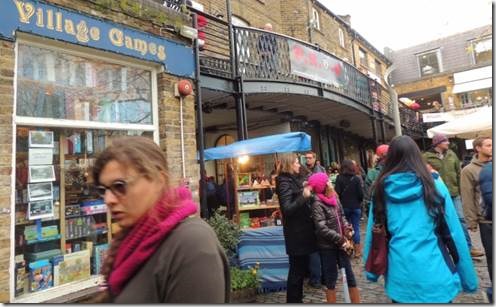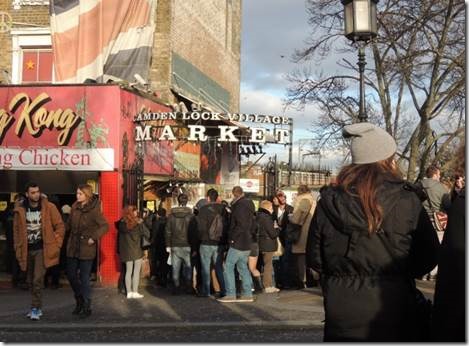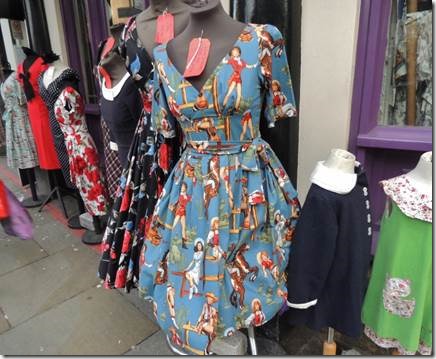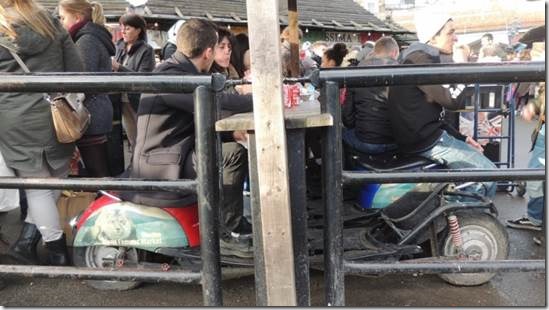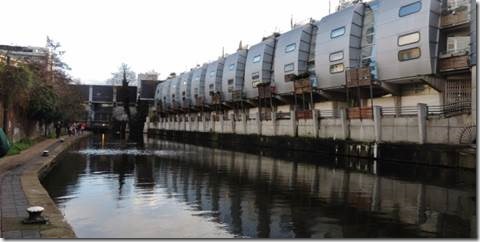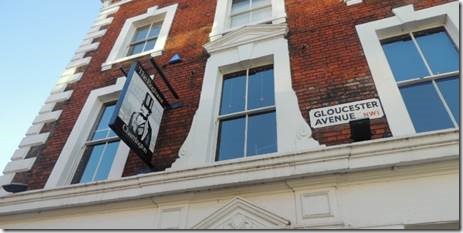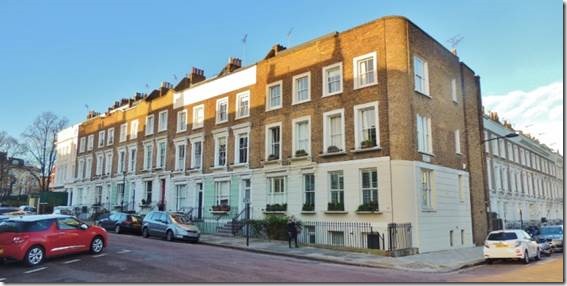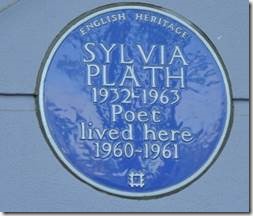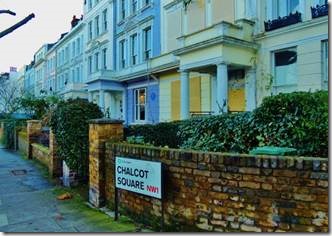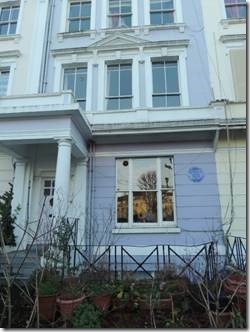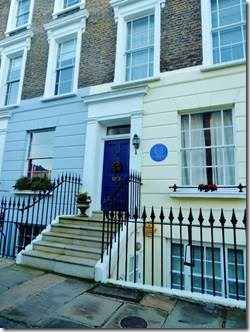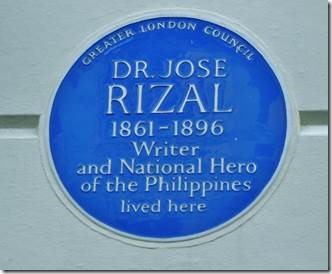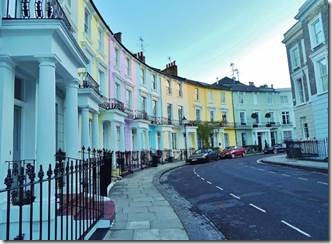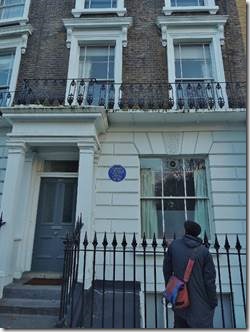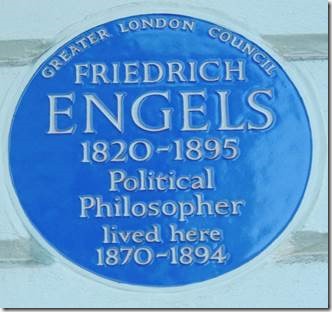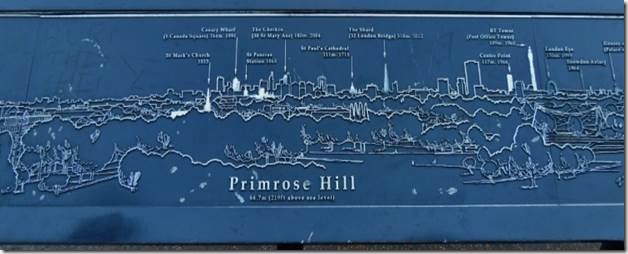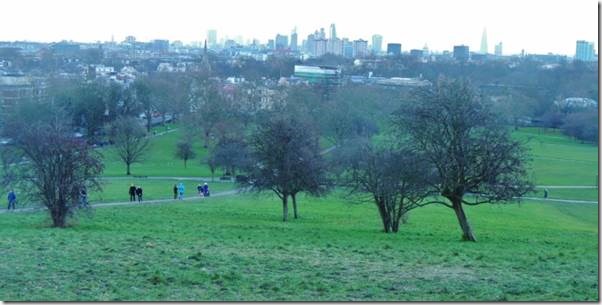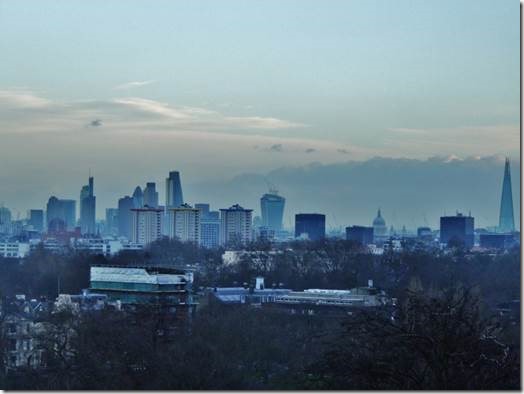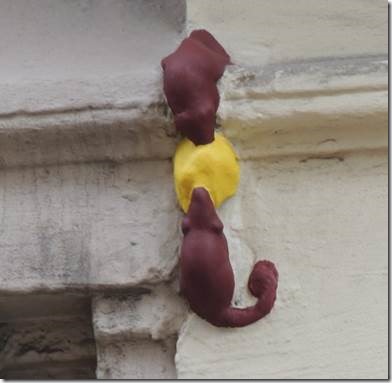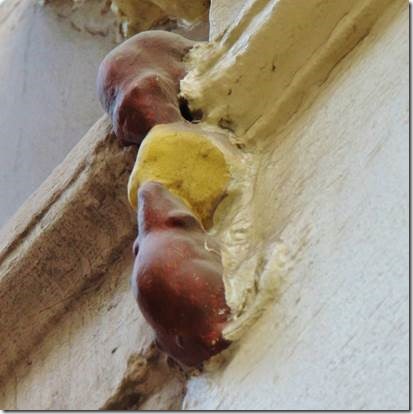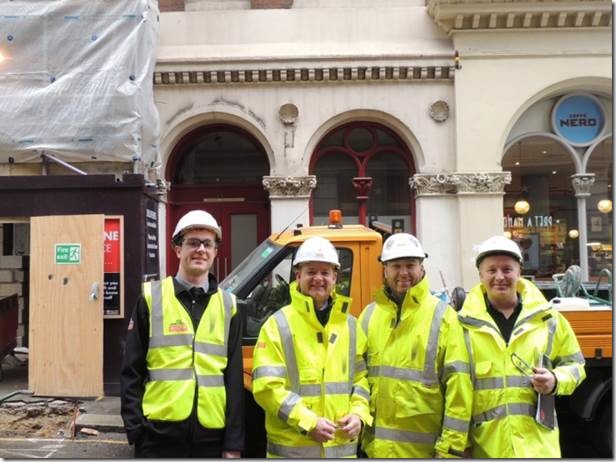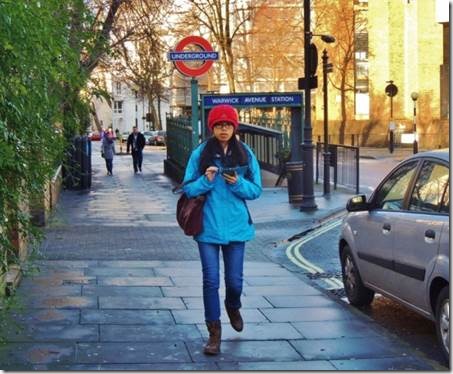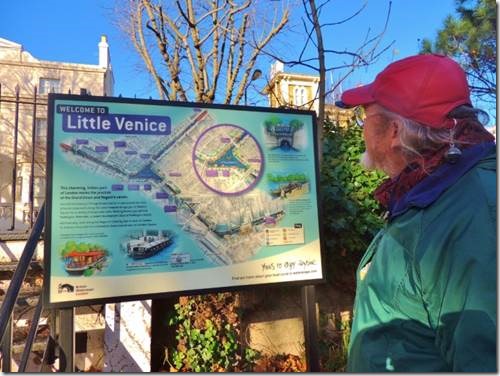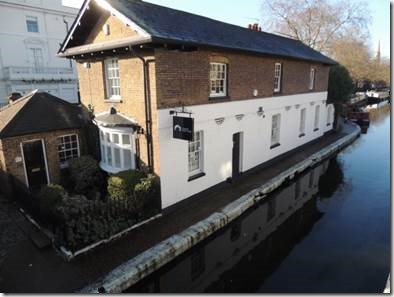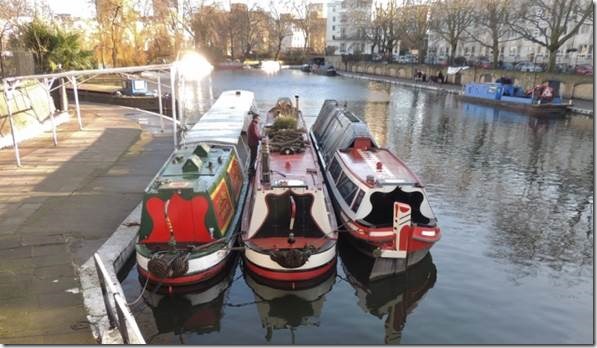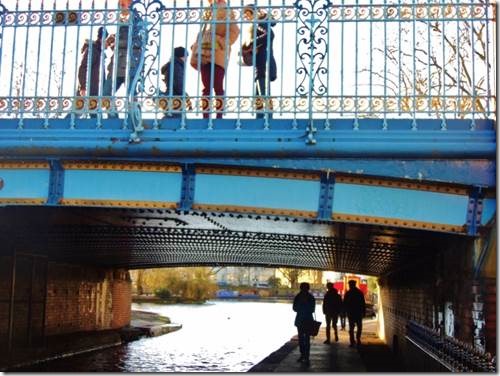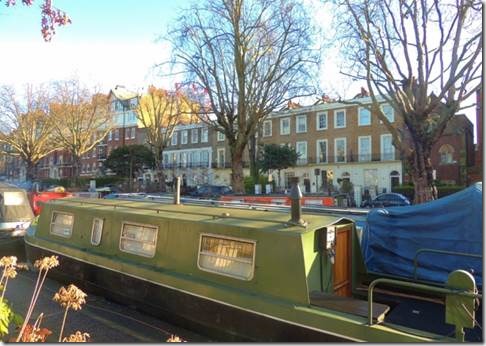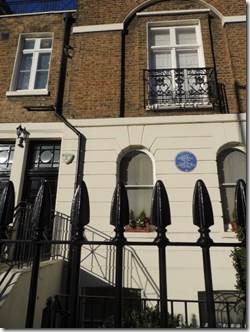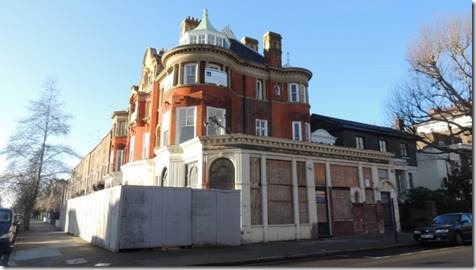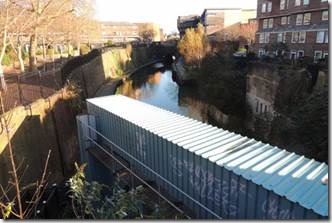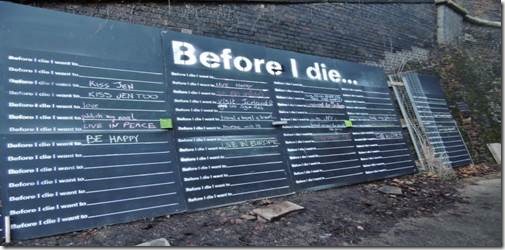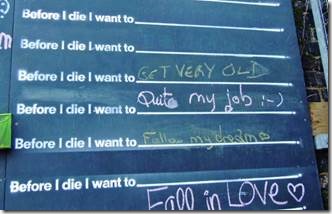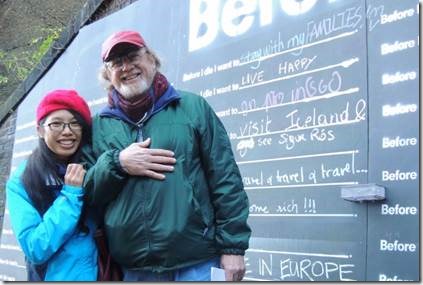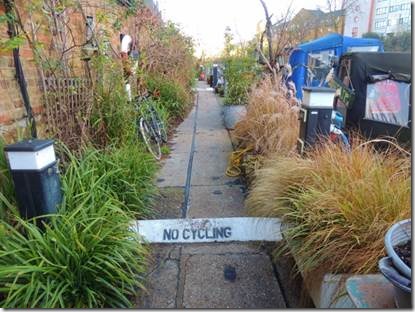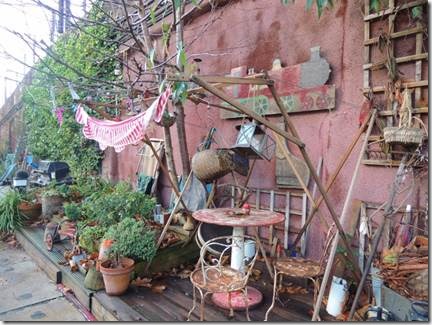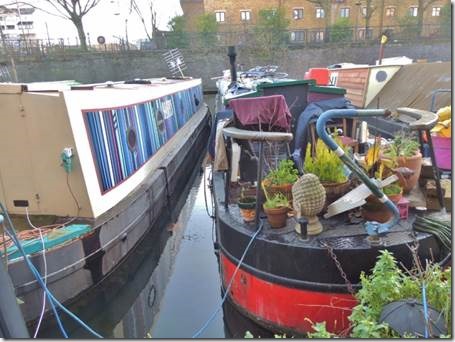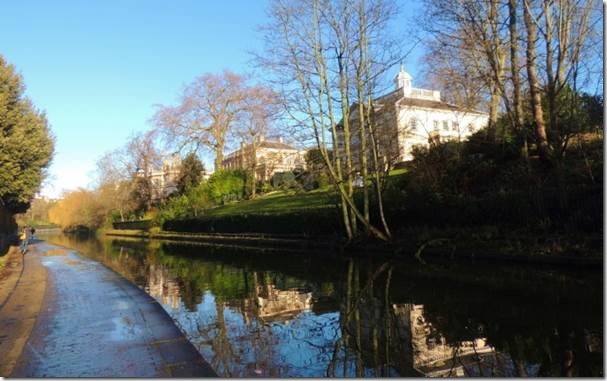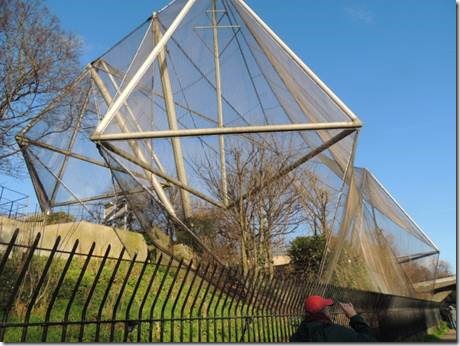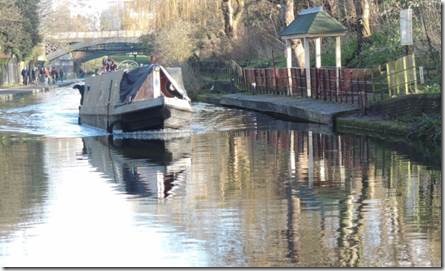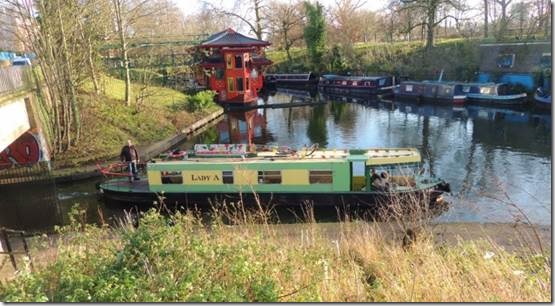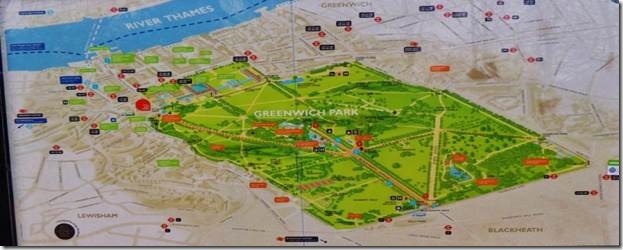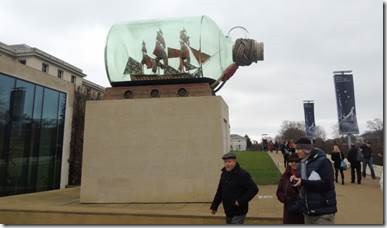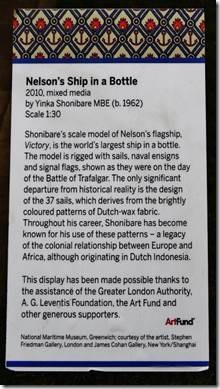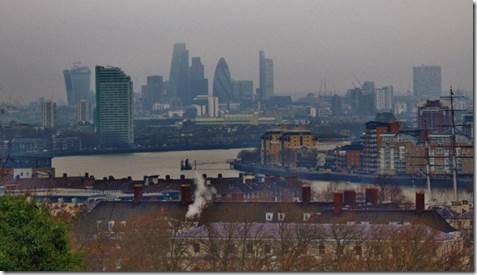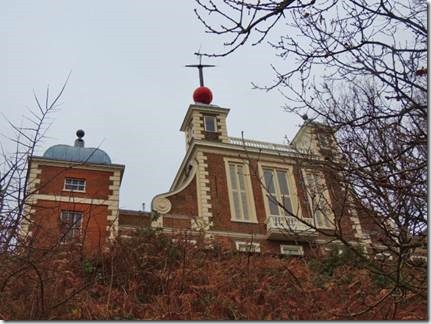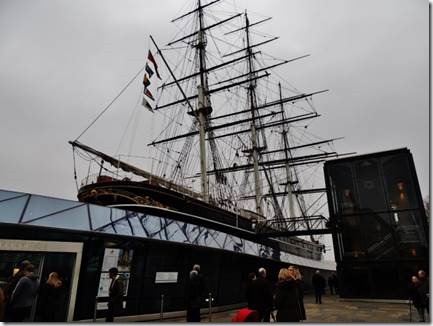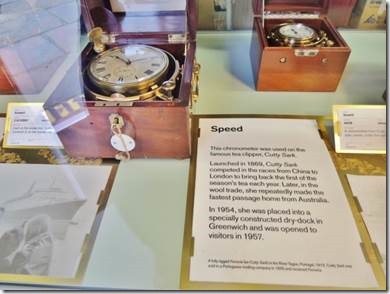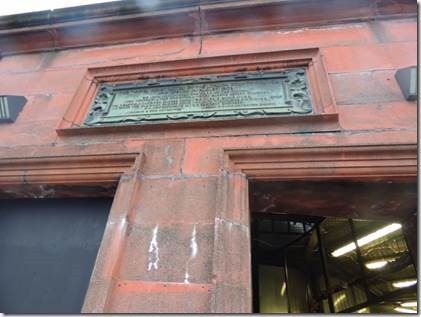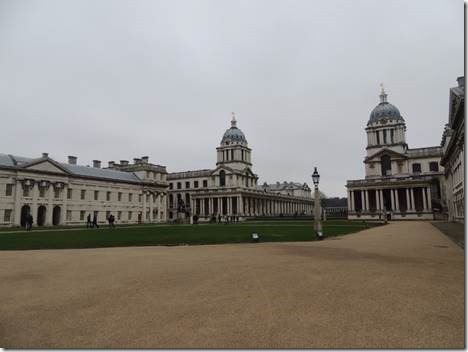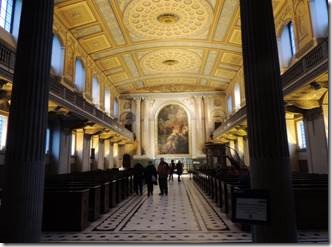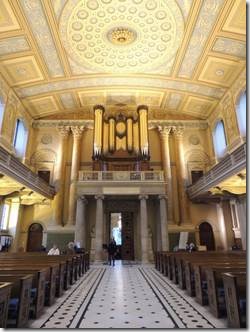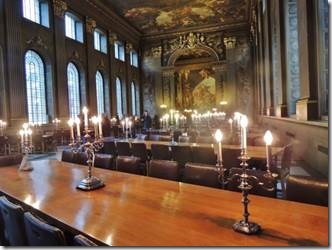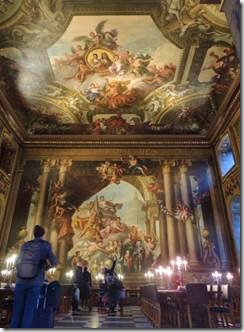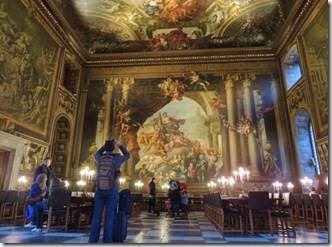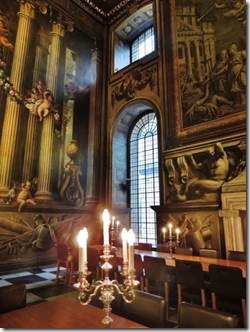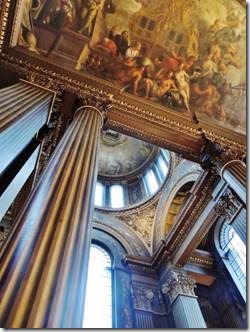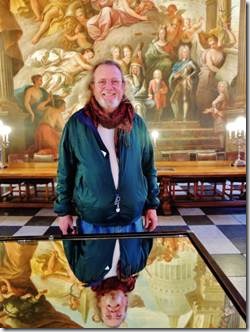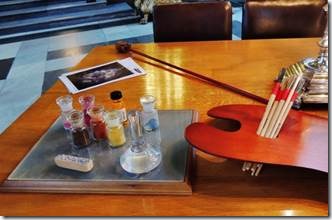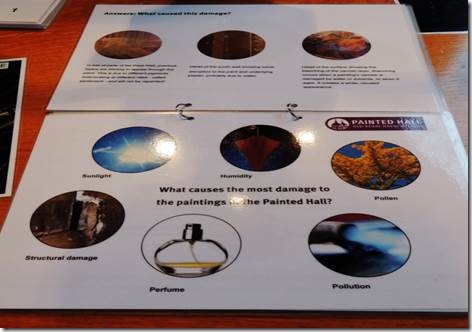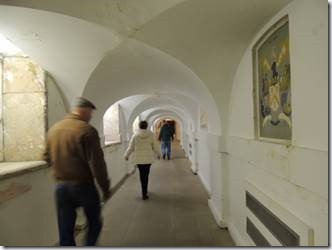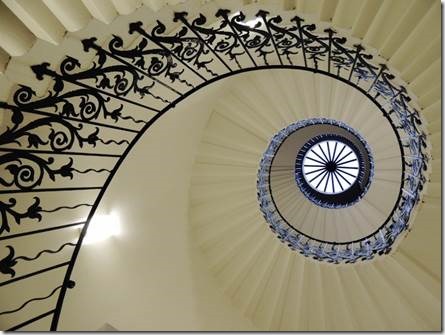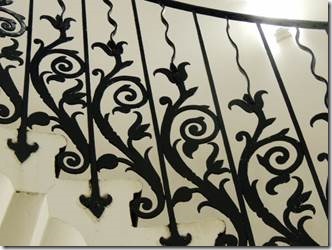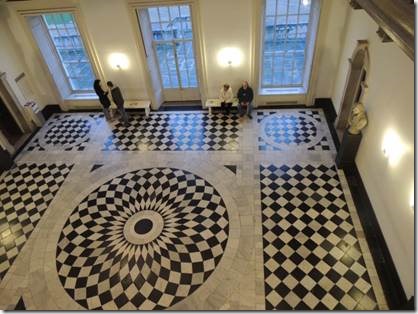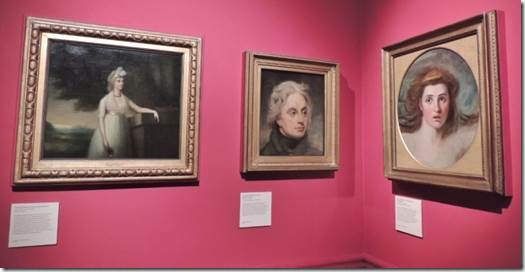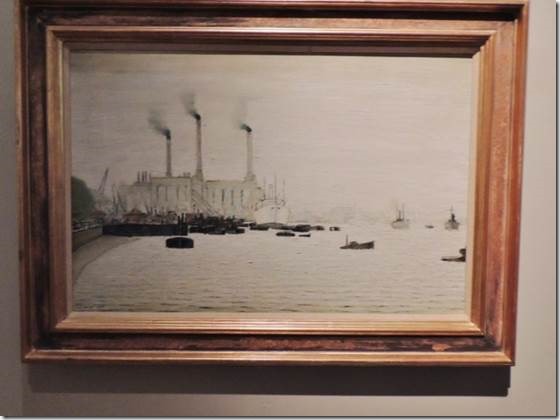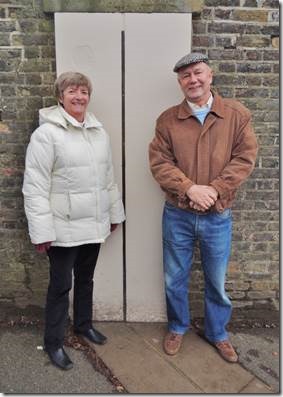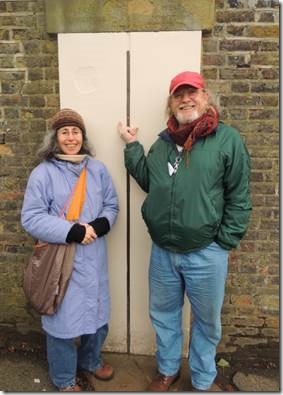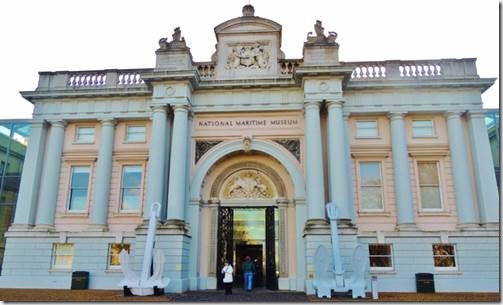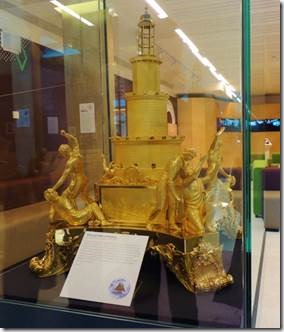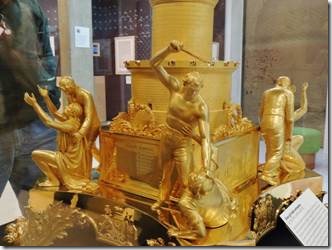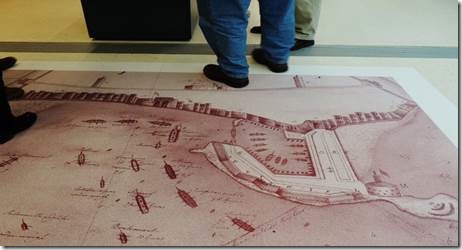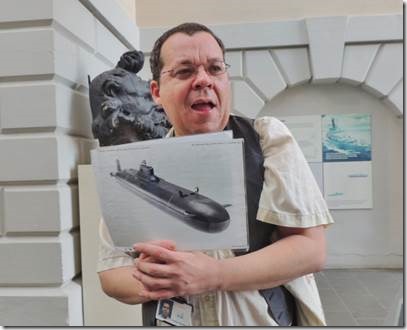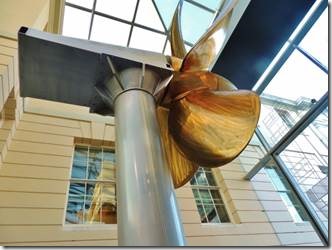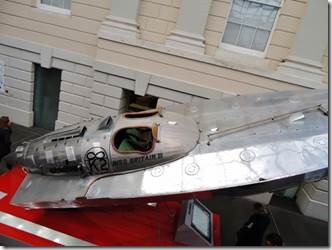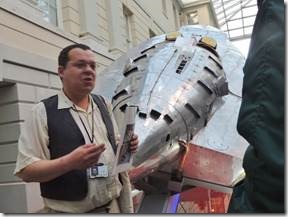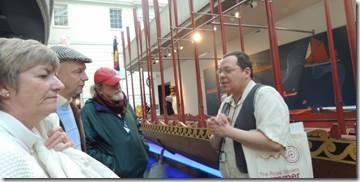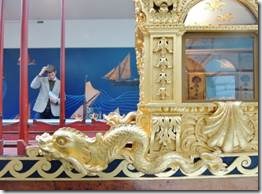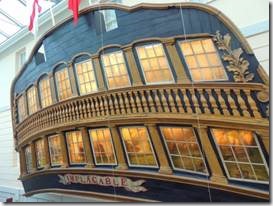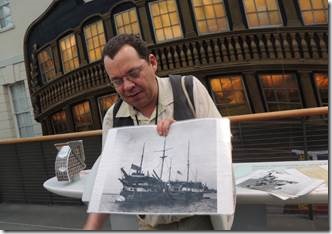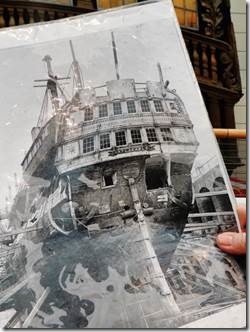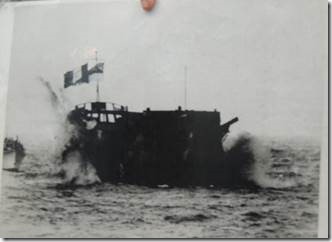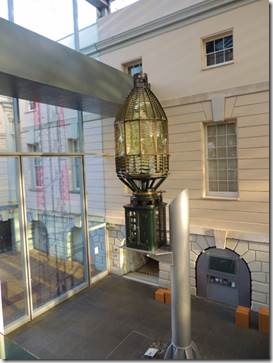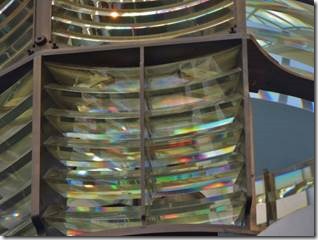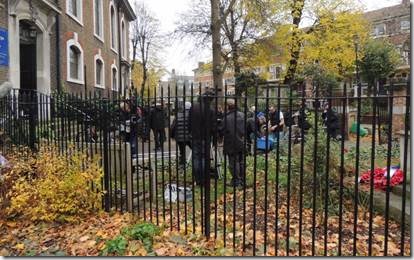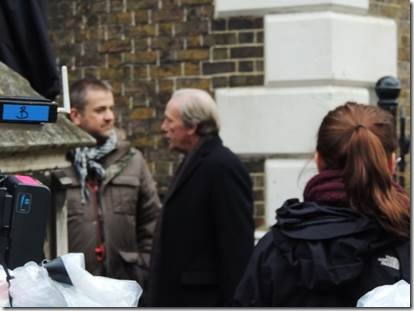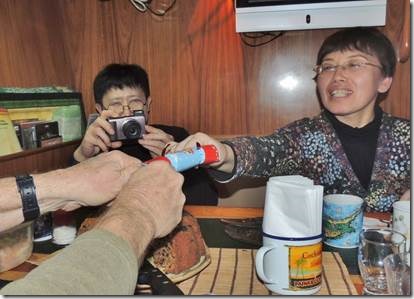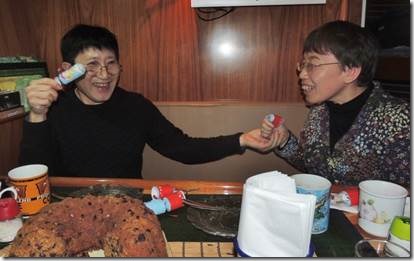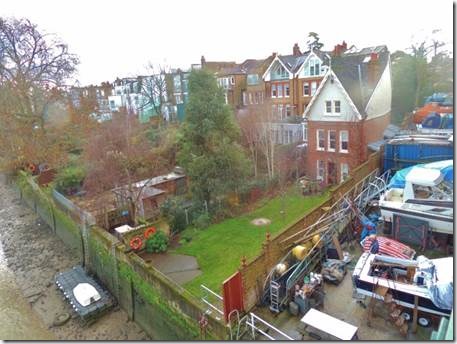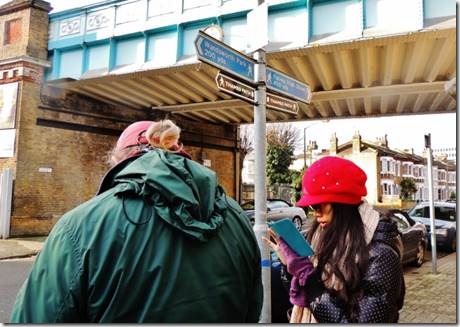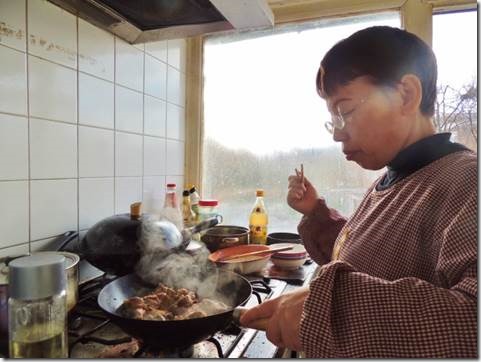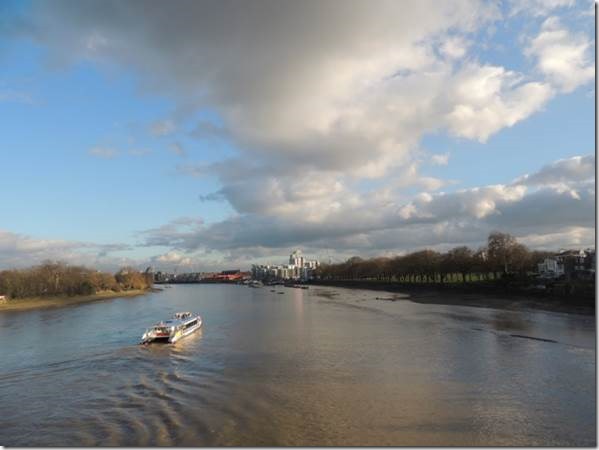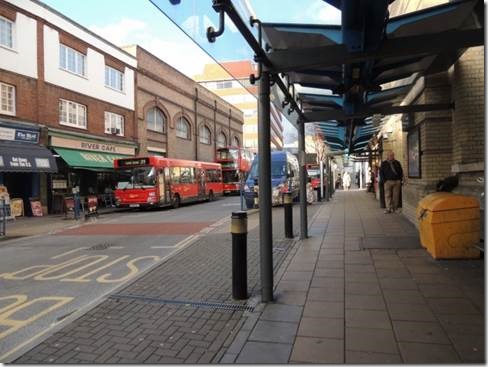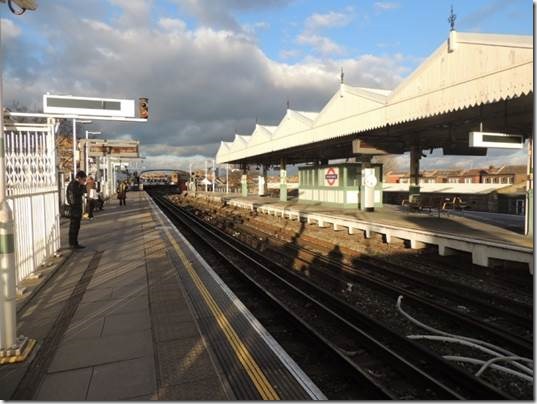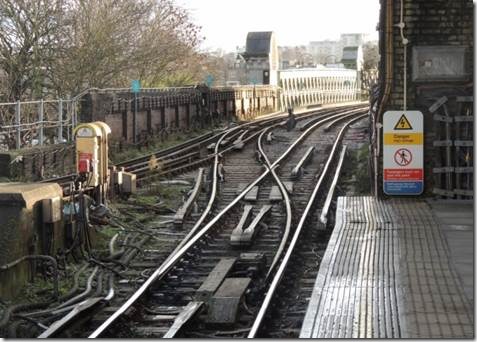Cheers,
Here is a cheery break from The Blitz.
We’re often asked which of our stops along the way have been favorites. My answer is, those where the place is fascinating or the people we meet really great. Some places have both. London is one of those place that has both. Here are some of the people that have and continue to make our time here special. Some are visitors from abroad and some live here in London. One person, not in this email, is Coleen, my life drawing comrade. She will be featured in a separate email as we’re planning an adventure in early February.
And for our Chinese friends 新年快樂 Gong Xi Fa Cai or Gong Hey Fat Choy
Ru
People
One of the best parts of travel is the people you meet along the way. And though saying good-bye is always difficult, life is proving that good-bye is only “for the time being.” I guess that’s what makes cruisers cruise, they like to travel so chances are they’ll turn up somewhere down the road. Before we even arrived in London cruising friends Steve and Valerie met up with us in Gosport for the day. Then later Valerie came to London for a few wonderful days of touring with me. And finally the four of us, Steve, Valerie, Randal and I had a lovely day in Greenwich.
We’ve had several visitors from our hometown, Roanoke! First our Roanoke bike club friend John spent about a week with us in early September. Next were our Roanoke friends Jane and Peter, here in the UK for Peter’s work. They came for dinner one night and the next day Jane and I went touring. And in December, our friend Julia, originally met through the Blue Ridge Bicycle Club came to visit. Just recently our Roanoke friend Sue stopped by to see DoraMac and then Sue and I went off to see some sights.
Also in January, one of the very first cruising couples we met, spent a night with us : Peter and Kathy from Waverunner. I can’t wait until we actually have that home in Roanoke so friends from everywhere can come to visit us.
|
Julia and her dad Mike on DoraMac Off for a walk and late lunch in London; Mike in his Virginia Tech hat Julia lives on Cape Cod, MA now. Her dad lives in Bournemouth here in the UK. Julia is originally from England but moved to the Virginia back in the 90s where we met her through the Bike Club. Julia lives on Cape Cod now where we have visited with her several times while home but this is the first time she has visited us on DoraMac. Julia was in England to spend Christmas with family and friends. |
|
Kathy and Peter from Waverunner At the Borough Market : ‘say cheese!” We first met New Zealanders Kathy and Peter in Nongsa Point Marina in Indonesia October 2008 making them some of our longest –time cruising friends. We were together in Malaysia in Johor and Rebak and in Turkey in Marmaris. They are wintering in Marmaris before heading back to New Zealand this year, but came to England to visit a variety of friends spread around England. |
|
Roanoke friend Sue was in London visiting her mom who, at 98, just wasn’t up for the trip from her flat to SKD. Like our friend Julia, Sue is English by birth but has lived in Roanoke for years. She and my sister met in nursing school where Sue was getting her US certification. Sue attended boarding school in the UK and nursing school in London; but while she was here I showed her around my places. Sue had her first walk across the Millennium Bridge. And her first visit to The George Inn |
|
“The George Inn is an antiquated inn; a delightful, albeit dark rabbit warren of rooms, narrow passages, mysterious landings and steep stairways with links to Shakespeare, Dickens and Chaucer. In Charles Dickens’ novel, ‘Little Dorrit’, young ‘Tip goes into the George to write begging letters’. ……. For centuries, London Bridge was the only way of crossing between Southwark and the City of London. Due to this strategic positioning, Southwark became not only a suburb of the city, but a market town in it’s own right and for much of it’s history there was conflict between the City and the local authorities; a frequent bone of contention was the question of who had right to licence the town’s inns and alehouses. Travellers found it easier to conduct their business in Southwark and frequently stayed overnight. The George Inn is the last survivor of the ancient inns which once lined Southwark High Street, refreshing merrymakers at Southwark Fair, playgoers from the Bankside theatres and coach passengers on their way to London. |
|
Also in the courtyard of the George Inn was this plaque. Sue and I walked past Guy’s on our “short-cuts” towards Tower Bridge after lunch. http://archive.museumoflondon.org.uk/LSS/Map/Enslavement/People/119.htm tells the rather sad story of how the money to endow the hospital came from Guy’s speculation in the African slave trade. |
|
A mix of friends at the Turks Head Pub We met John and Mary in North Cyprus at the Karpaz Gate Marina. John is English by birth, Mary American. They are wintering in Turkey but were here in England to visit John’s family. John’s sister lives in Ipswich so he and Mary took the train to London to visit with us. We ate lunch at the Turks Head run by Leila and her staff, whose name I must learn nest visit. |
|
Cousin Pam Here I am with my Cousin Pam! Our great-great grandfathers were brothers. Pam lives in Chiswick which is one of the last stops west on the District Line making it easy for me to go visit. We spent a “too short” 3 hours catching up. Our travels pale compared to Pam’s. She has been to Antarctica, the Galapagos, Machu Picchu, climbed the Great Wall….. Hopefully there will be time for one more visit before Randal and I leave London. |
|
Jane and Ros It’s a funny story why we know Jane. Jane’s friends Susie and David caught our boat lines in Nisyros Greece. They live in/near London so we said, “come visit us” and gave them our card. Susie and David did come visit us at SKD and brought their friends Jane and Richard who live just outside London. All such interesting and interested people we had a lovely visit. In early January Jane was kind enough to take me to the Klee exhibit as she is a member of the Tate. Yesterday she came to visit us with her long-time art college friend Ros. Ros and her partner Simon, also an artist, live on a Dutch barge in Suffolk. Ros, who until recently, also taught art in colleges in London, has a flat in Spitalfields and was in London for the day so Jane came in to visit her and both came to visit us. Ros and her partner Simon have just bought some land to make their move from life on the water so we had lots of interesting discussions about lots. |

